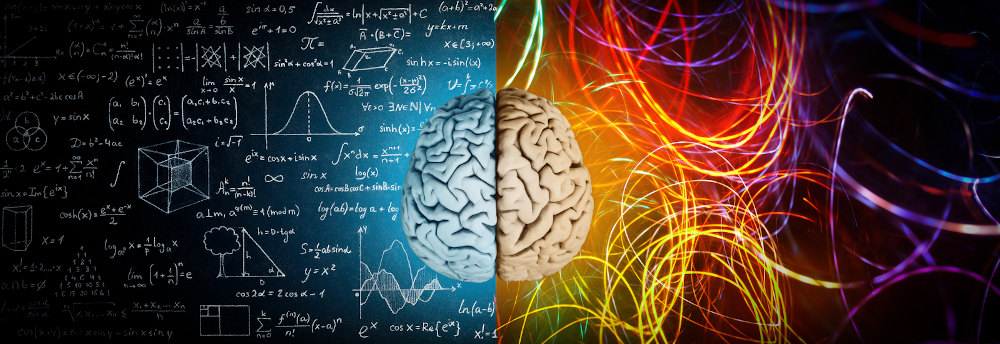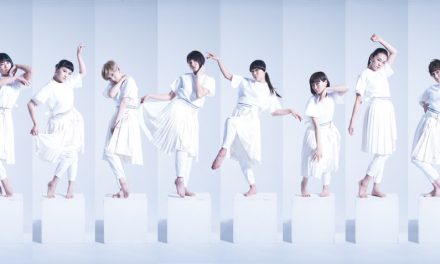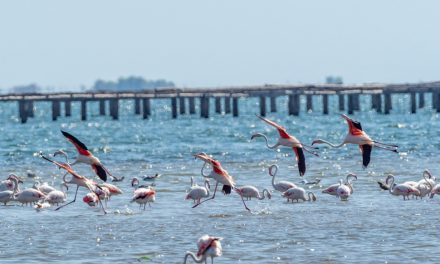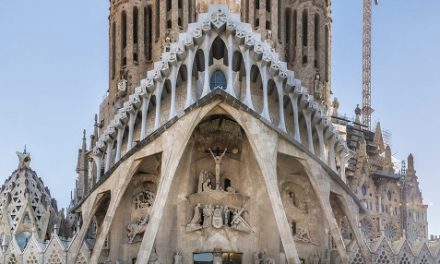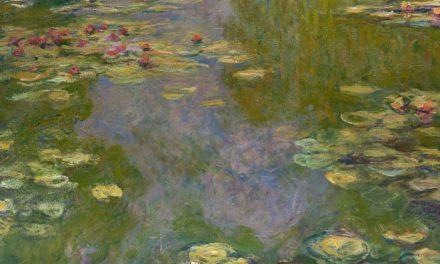The Quo Artis Foundation presents the artists who will accompany the Royal Academy in its Expedition to the Galapagos Islands
The artists Vik Muniz, Joan Fontcuberta, Robertina Sebjanic, Sputniko!, Victoria Vesna and the writer Jorge Carrión will be the members of the delegation with which the Quo Artis Foundation will participate in the Scientific Expedition that the Royal European Academy of Doctors-Barcelona 1914 (RAED) will carry out next year to the Galapagos Islands together with National Geographic and the Foundation for the Development of Latin America and with the collaboration of the University of Saint Francis of Quito. Upon returning from this artistic-scientific mission, the artists will produce works inspired by the trip and in their conversations with the scientists that will be presented in a joint exhibition. On the other hand, Carrión will publish a book with interviews, impressions and the travel diary. In this way, the ship will become an ideas laboratory, where artists and scientists will reflect on the future of humanity and non-human species through a series of conferences and a cycle of debates.
The Quo Artis Foundation is an international non-profit organization that seeks to generate connections between art, science and technology, acting as a bridge between professionals in these fields. Founded in 2015 and based in Barcelona, it organizes international exhibitions, conferences, art and science expeditions, workshops and directs the production of commissioned works. Among the collaborators of Quo Artis are Unesco, the MIT Media Lab of the School of Architecture and Planning of the Massachusetts Institute of Technology, the Modernist Campus of Saint Paul in Barcelona, the Biomedical Research Institute of Barcelona, the Culture Center Contemporary of Barcelona and the European Space Agency, among other top-level Spanish and international organizations.
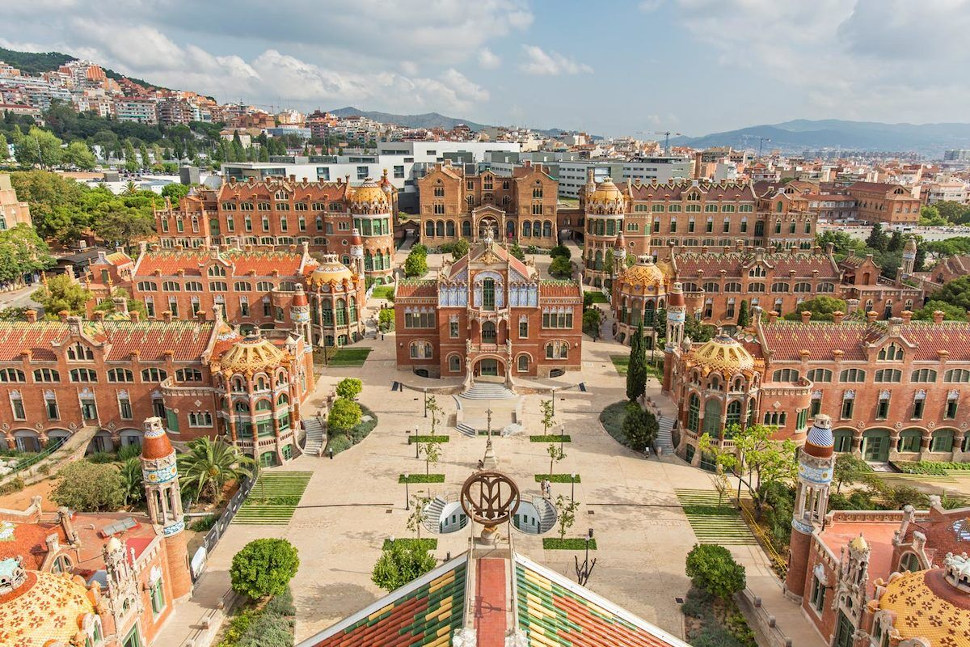
Among the previous Quo Artis projects, it’s worth mentioning the first Antarctic Biennial, an intercultural and supranational project that took place in Antarctica in March 2017, “The Zero-Gravity Band”, an immersive audiovisual installation presented at the Sónar+D Festival in Barcelona in June 2018, or “Art Made of Science-Microspheres”, an exhibition by the artist Ayse Gül Süter held at the Modernist Campus of Sanit Paul in February 2019. In the first case, Quo Artis was the producer of the expedition to Antarctica and brought together artists and scientists from around the world to reflect on climate change and the Antarctic thaw. The artists exhibited their installations and performed performances, concerts and projections. The project was sponsored by Unesco. “The Zero-Gravity Band” is an artistic-scientific project created by Albert Barqué-Durán and Marc Marzenit that explores how artistic production and aesthetic perception are influenced by the gravitational forces of the Earth. The music of the installation was composed by Marc Marzenit during a parabolic flight. “Art Made of Science-Microspheres”, the first exhibition of art and science in Saint Paul, investigated the visual differences between healthy and diseased tissues through an installation in the old operating room of the old hospital complex. The installation included images and scientific data obtained during the residence of the artist at the Biomedicine Research Institute.
Recently, the foundation produced the “Postnature. The future is present” exhibition for the Ars Electronica festival in Linz, Austria. The project investigated the concepts of future, nature and anthropocene through the works of the artists Brandon Ballengée, Joaquín Fargas, Q.R* 3 (Quimera Rosa, Roger Rabbitch and Rebeca Paz) and Maja Smrekar.

